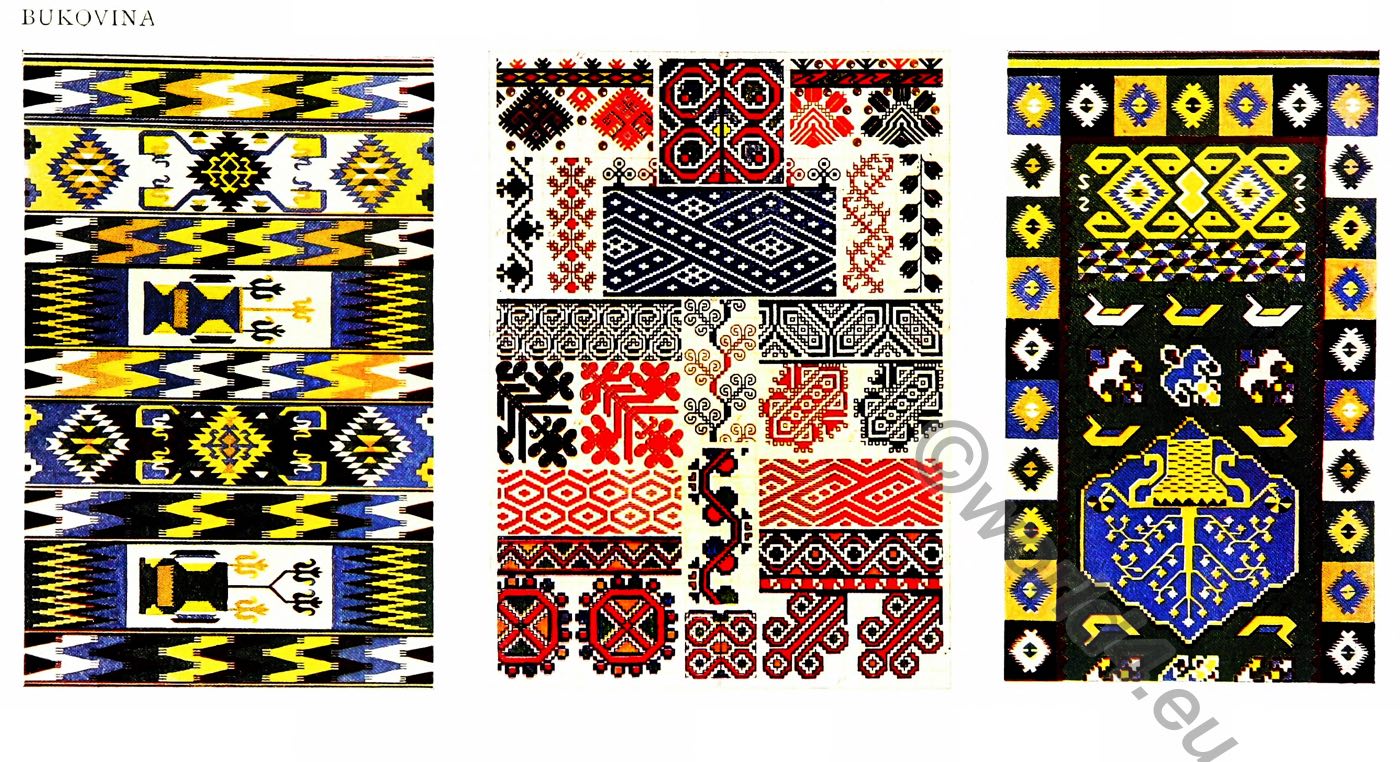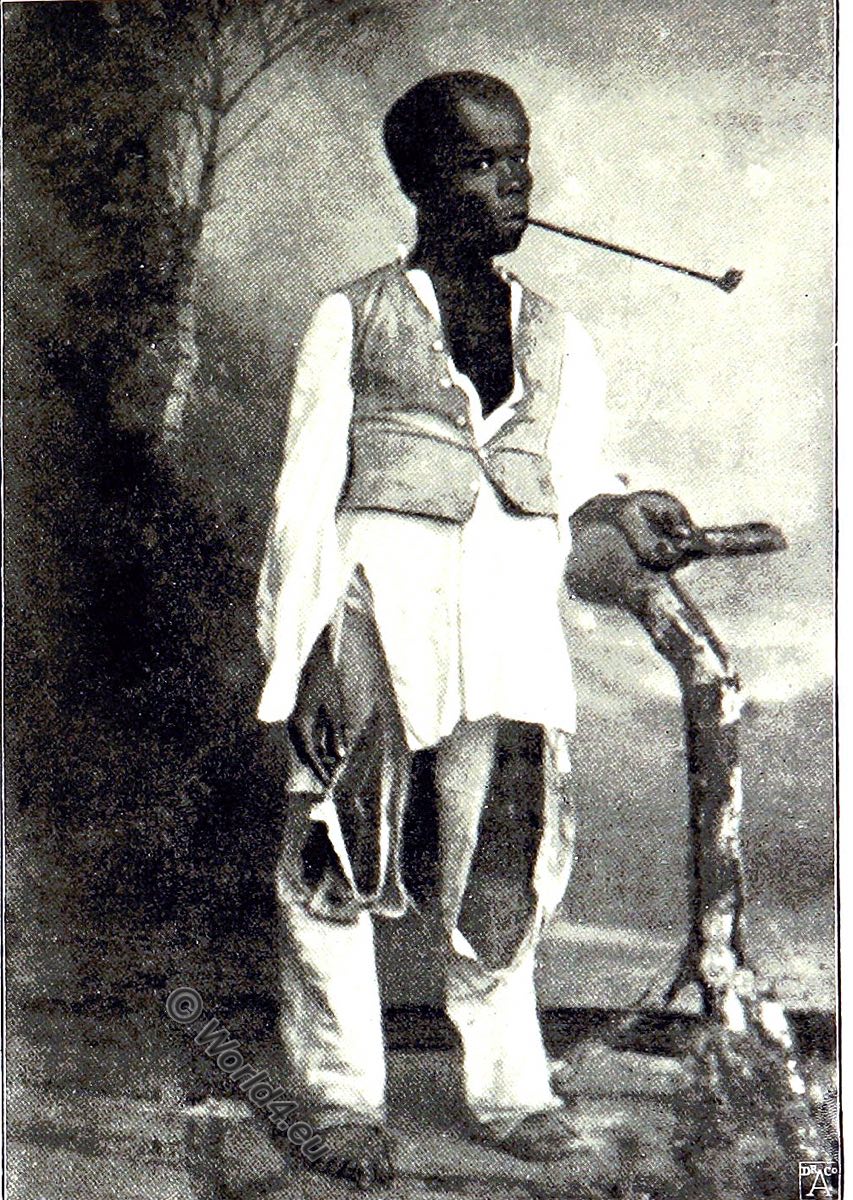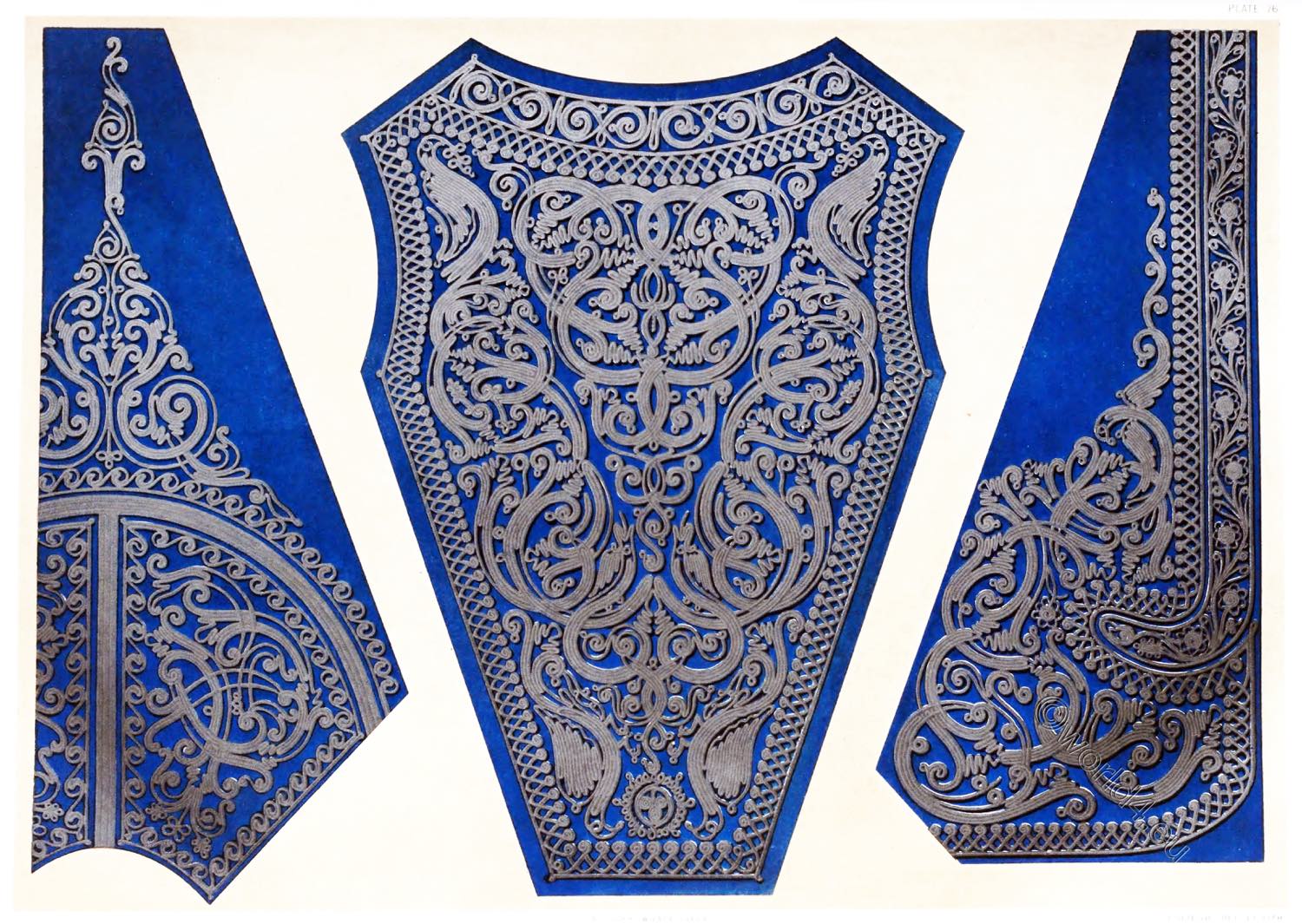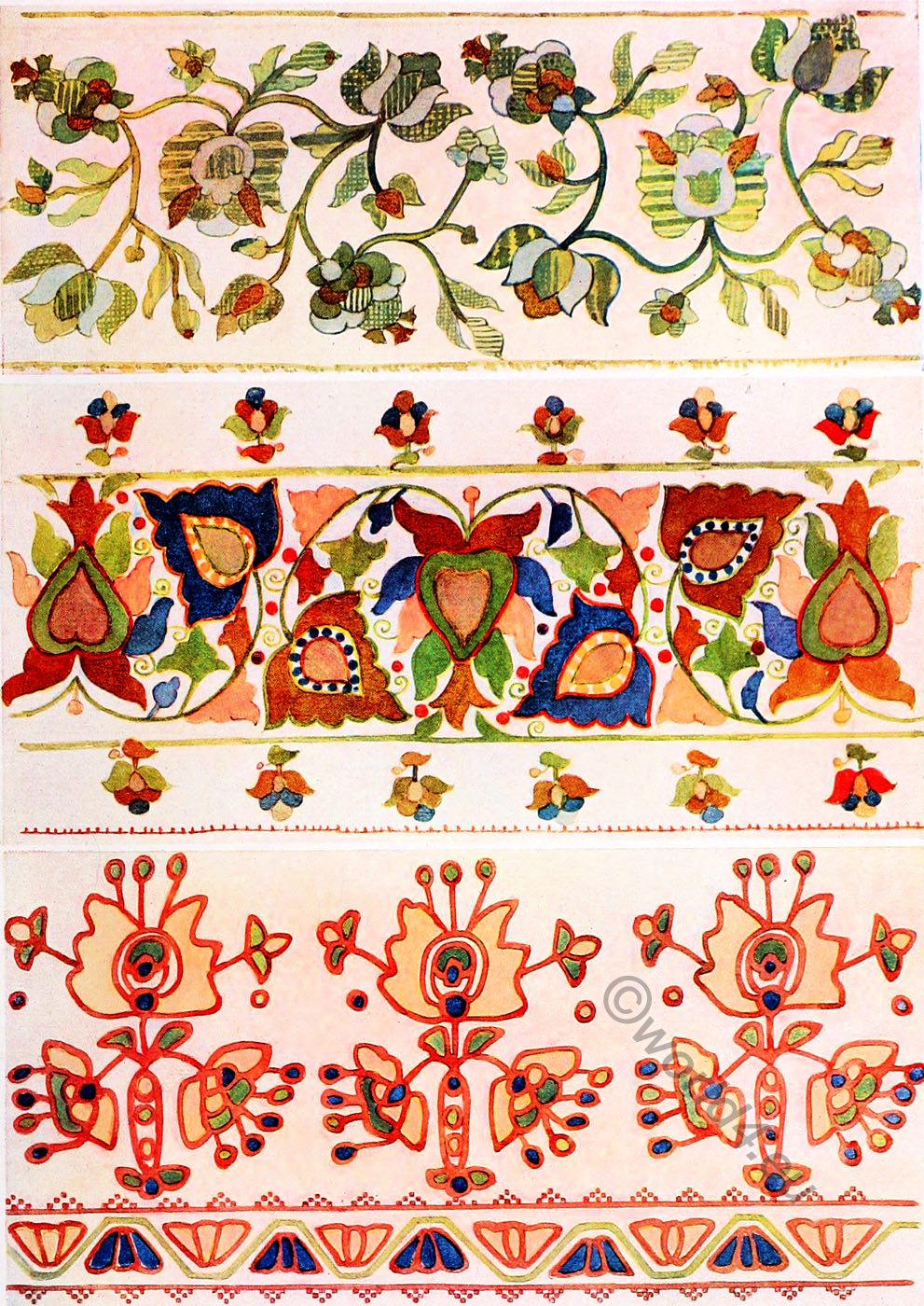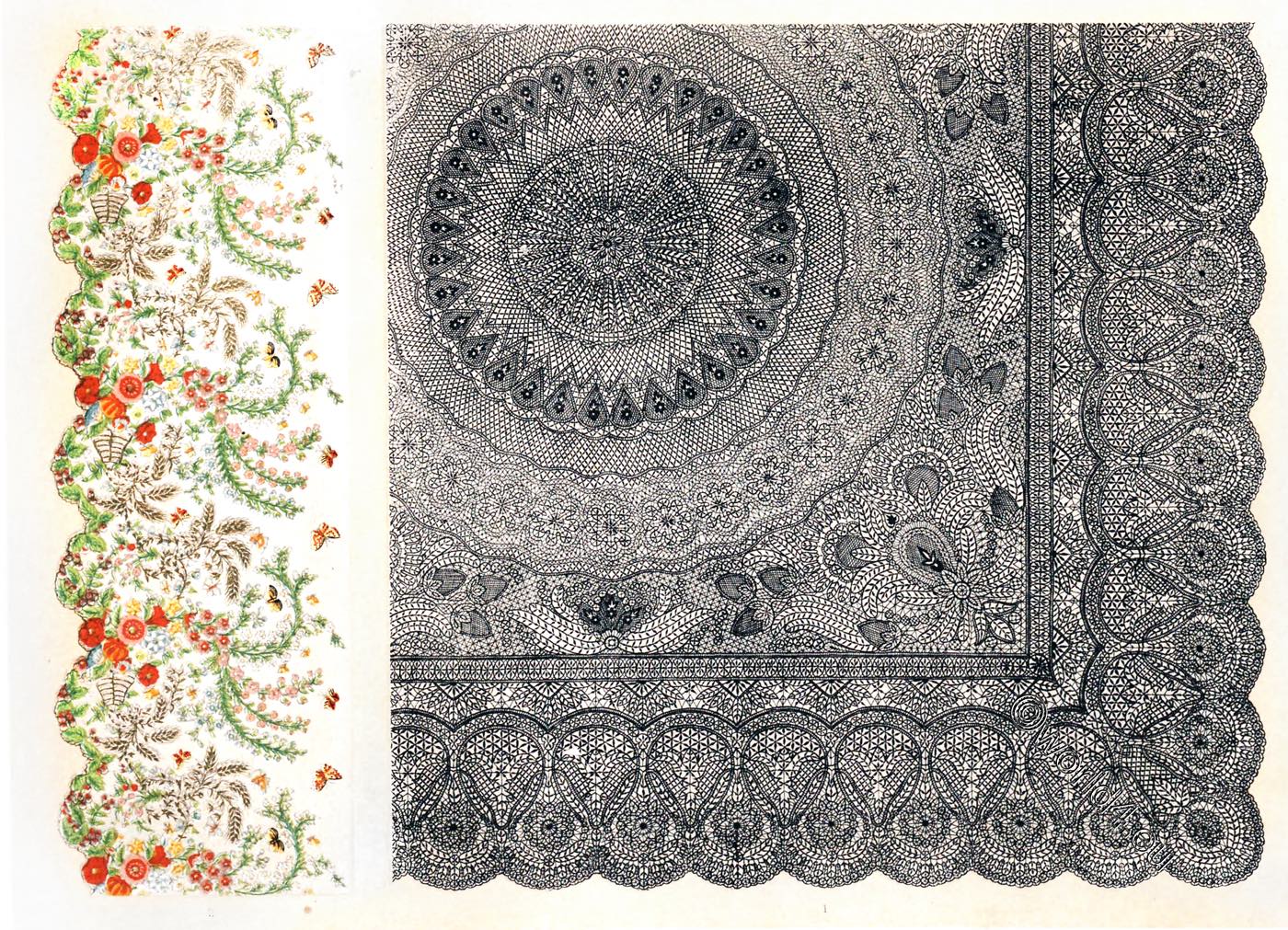
SPANISH AND MALTESE LACE.
We are indebted to Mr. Blackborne, of London, for our present illustrations of Maltese and Spanish lace, purchased by him at the Exhibition. In the official Report on Class 24 (Lace and Embroidery, &c.), at the International Exhibition of 1862, we read that “the manufacture of black and white Spanish lace shows considerable progress since 1851, both in respect of design and fabrication. Shawls, mantillas, tunics, and laces are made which have met with considerable sale in England. The goods exhibited by Messrs. José Fiter, of Barcelona, and Don José Lleonart Margarit, of the same city, are specially to be commended for their manufacture,” and our illustration is from a flounce of embroidered lace made by the last-named. The piece we have selected is a good example of silk and gold thread embroidery on black lace, and was very rich and yet delicate in its effect. Spanish lace at present is made principally in the neighborhood of Barcelona; it is all pillow-lace, and the black mantillas vary in value from £4 to £50. Upwards of 20,000 persons are stated to be employed in the manufacture.
As regards Malta, the Reporter observes that “at the last International Exhibition the show of Maltese lace was so insignificant as to be disposed of in a few words by the Jury. Now, however, we find a large display of flouncing, shawls, veils, and coiffures, showing very great improvement in the manufacture, and giving reason to expect that, with perseverance and attention to some few points, a high order of excellence may be obtained. Some of the smaller articles, especially, are remarkable for their beautiful quality. The chief fault observable in the Maltese lace is sameness in the designs and inferiority of material. If the manufacturers would give more attention to novelty of pattern instead of endlessly repeating the same subjects, there is no doubt that, taking into consideration the evident capability for lace-making shown by the women of Malta, an important trade might be established with other countries in this branch of industry.”
We have given portion of a shawl manufactured by Messrs. P. P. Borg & Co., of Goza, who obtained a medal for them productions in pillow-lace. Maltese lace, now copied in France, Belgium, and England, was originally made at Goza, and is remarkable for the fineness of its work and the geometrical character of the patterns employed.
Having already described machine-made lace, we will add a few words on hand-made lace, which may be divided into two distinct classes,— “guipure,” which is worked with the needle, and on that account frequently termed “point” lace; and “pillow or bone lace,” worked with bobbins on a cushion. Randal Holme, in his “Academy of Armory,” A.D. 1688, divides the craft into two principal classes of “ bone-lace and parchment-lace makers.” Parchemyne or passamaine lace was so called probably from the pattern being worked on parchment, and is only another expression for guipure. In the Fermor accounts, A.D. 1580, bone-lace is mentioned, and this is the very earliest notice of such lace with which we are acquainted. (See “Proceedings of the Archaeological Institute, 1850,” and letter-press to Plate 197.)
The varieties of guipure, the most ancient style of work, in which Spain and Italy especially excelled, before the introduction of pillow-lace into general use, were known as Rose (raised) point, Spanish, Venetian, Portuguese, Maltese, Brussels, and Point d’Alençon; all, with the exception of Brussels point, the ground of which was pillow-lace, being entirely made with the needle, and constructed more or less in the same manner by variations of two cross stitches.
Spain during the 16th and 17th centuries was especially celebrated for its point-lace, but it was of too expensive a nature ever to become of importance in a commercial point of view; it found, also, rivals in the Genoese and Venetian guipure, from which arose the celebrated point d’Alençon in France. In the year 1660 the great minister Colbert obtained work-people from the above-named cities, who introduced the point de Venise lace, which at first was called point de France, and finally point d’Alençon, from the town where it was made. Many work-people are employed in making even one of the smallest pieces of this fine lace, the thread of which is stated to be worth £100 a pound. It is the richest and strongest point-lace now made, and consequently the highest in price. Guipure and pillow lace are still made in most European countries, but the greater portion of the lace in ordinary wear is made by machinery. (See letter-press, Plate 36.) Although not noticed by the Jury, we would add that the Venezuela hand-made lace, made of Sea-Island cotton, was remarkably good both in design and workmanship.
Source: Masterpieces of industrial art & sculpture at the International exhibition, 1862 by John Burley Waring. London, Day & son, 1863.
Continuing
Discover more from World4 Costume Culture History
Subscribe to get the latest posts sent to your email.

